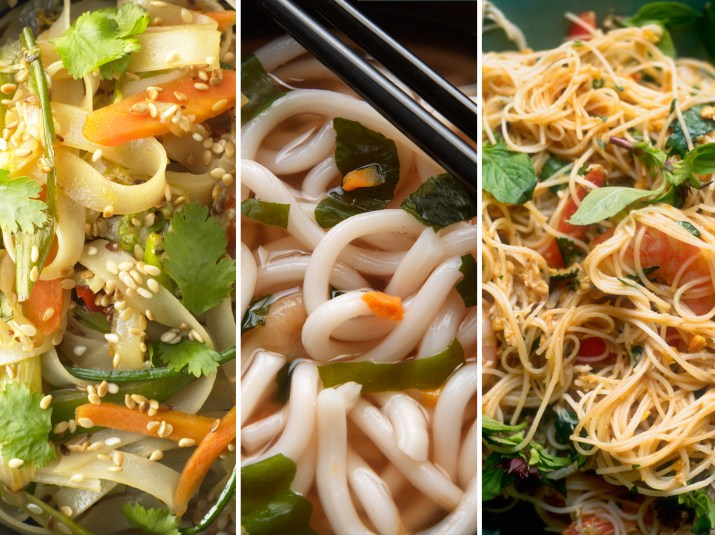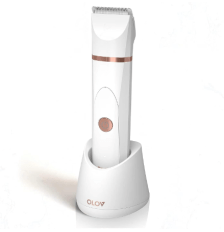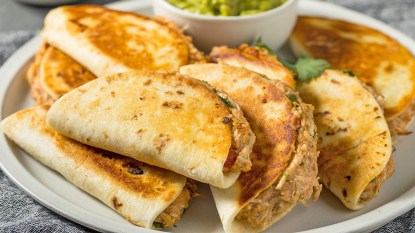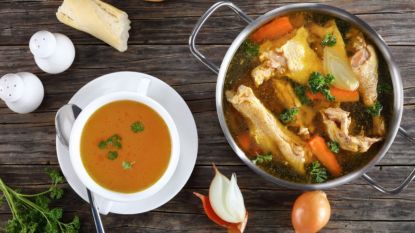5 Different Types of Asian Noodles for Your Pantry

Every now and then, it’s nice to indulge in a not-so-healthy Chinese takeout order. But if you want to save money on delivery, or you’re interested in making any dietary modifications to your dishes, you should stock up on these noodles the next time you head out to the grocery store. Watch the video below to see which noodles are best-suited for your favorite dinners.
Rice and noodles are both carbohydrate staples in most Asian dishes, but if you’re a novice with the chopsticks, noodles may be a bit easier to grab. And there’s something oddly satisfying about slurping your noodles, isn’t there?
MUST-SEE: No-Boil Trick for Baked Pasta
What makes noodles such a versatile ingredient is that, unlike rice, you can boil them for soup or let them shine on their own in a stir-fry. The opportunities are endless, really.
And if you have dietary restrictions like celiac disease and you can’t eat regular whole-wheat noodles, there are plenty of gluten-free options. Rice noodles and Japanese soba noodles are delicious alternatives if you’re gluten-intolerant.
So armed with this knowledge, you may become such a whiz in the kitchen that they’ll name a dish after you. General Tso who?













